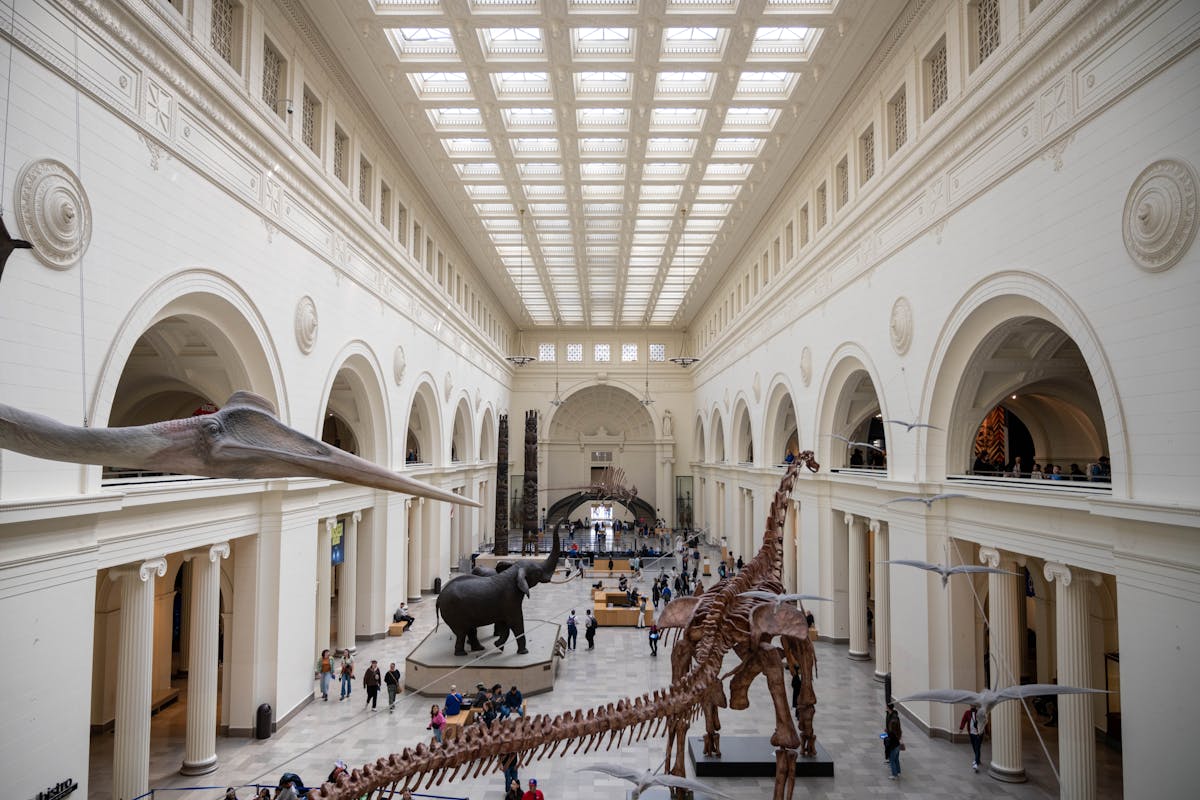In an astonishing event in the natural world, an ant queen has been seen producing offspring from two completely distinct species. This uncommon occurrence provides fresh perspectives on genetics, evolution, and the complex social interactions within insect communities.
The discovery, reported by entomologists after careful observation and genetic analysis, challenges conventional understanding of ant reproduction. Typically, a queen ant produces offspring of her own species, ensuring colony uniformity and social cohesion. However, in this unusual case, the queen was found to have generated offspring that belong to two separate species, a scenario that scientists describe as extraordinary and highly rare.
This phenomenon provides a unique opportunity for researchers to examine the underlying mechanisms of reproductive biology, hybridization, and genetic plasticity in insects. The implications extend beyond ants, offering a window into evolutionary processes that may occur under specific environmental or genetic conditions.
The science behind the phenomenon
Ant colonies are frequently admired for their intricate social organizations, with the queen fulfilling the role of the colony’s reproductive center. Typically, in most species, she lays eggs that mature into workers, soldiers, or new queens, all sharing a uniform genetic ancestry. The appearance of offspring from two distinct species challenges this standard and raises inquiries about genetic compatibility, reproductive tactics, and the limits of species.
Scientists participating in the research carried out comprehensive DNA tests to verify the identities of the progeny. Their discoveries indicated that the queen’s eggs had unexpectedly varied at the genetic level, leading to one group developing into members of her own species while another group belonged to a species that is closely related. Events like these are extremely uncommon and propose either unidentified reproductive processes or atypical environmental factors that impact gene expression.
The phenomenon is not only fascinating but also scientifically significant. It challenges long-held assumptions about reproductive isolation and species fidelity in ants. Understanding how and why this dual-species reproduction occurred could illuminate broader principles of evolution, adaptation, and genetic flexibility among social insects.
Implications for evolutionary biology and genetics
Esta revelación tiene profundas consecuencias para la biología evolutiva. Usualmente, las especies se definen por su capacidad de reproducirse exitosamente dentro de un linaje específico. No obstante, el caso de una reina hormiga produciendo dos especies difumina estos límites, sugiriendo que en determinadas circunstancias, las barreras reproductivas pueden ser superadas o evitadas.
Certain researchers propose that these events may signify an uncommon type of crossbreeding or genetic irregularity, which could offer benefits for evolution in specific surroundings. For instance, the creation of progeny from two different species might enable a community to vary its labor force, adjust to fresh ecological roles, or enhance durability in the face of environmental challenges.
From a genetics standpoint, the case offers a natural experiment in gene expression and inheritance. Researchers can study how a single individual can influence the development of offspring with divergent traits and examine the molecular mechanisms that allow for such unusual reproductive outcomes. These insights could have applications beyond entomology, informing broader studies of genetic regulation, mutation, and the evolution of complex traits.
Social dynamics within the colony
The emergence of two different species within a single colony brings up inquiries regarding social unity and structure. Ant colonies depend on interaction, chemical signals, and teamwork to operate smoothly. Descendants from two separate species might pose fresh obstacles for colony administration, such as variations in conduct, task division, or interaction methods.
Entomologists observed that, despite genetic differences, the colony continued to function with remarkable stability. This observation suggests that social structures in ants may be more adaptable than previously thought, capable of accommodating genetic diversity without collapsing. It also highlights the potential role of environmental cues and chemical signaling in maintaining cohesion even when genetic lines differ.
Grasping the ways in which colonies manage these irregularities might illuminate foundational aspects of societal evolution. Specifically, it could uncover how collaborative structures sustain themselves despite genetic differences, providing insights similar to research on social conduct in various species, humans included.
Environmental elements and possible catalysts
While the precise causes of this unusual reproductive event remain under investigation, scientists are exploring several potential triggers. Environmental stressors, such as changes in temperature, food availability, or habitat disruption, may influence gene expression in ways that promote unusual reproductive outcomes.
Additionally, interactions with closely related species in the surrounding environment could play a role. Some researchers hypothesize that exposure to chemical signals or pheromones from other species might trigger developmental pathways leading to dual-species reproduction. If confirmed, this mechanism would illustrate an intricate relationship between genetics, environment, and social behavior that is more complex than previously appreciated.
Future studies are likely to focus on replicating these conditions in controlled laboratory settings, testing how environmental variables influence reproductive outcomes. These experiments could help clarify whether the phenomenon is a rare anomaly or a natural strategy that occurs under specific ecological circumstances.
Broader impact on entomology and conservation
The finding of a queen who generates offspring from two distinct species has profound consequences for research in entomology and biodiversity. It questions existing beliefs regarding species limits, reproductive faithfulness, and the dynamics within colonies, opening up new paths for exploration in the fields of evolutionary biology and ecology.
Additionally, the discovery might have an impact on conservation approaches. Numerous ant species perform essential functions in ecosystems, including pollination, seed dispersal, and soil engineering. By comprehending how genetic diversity and atypical reproductive behaviors impact the resilience of colonies, it could guide initiatives to safeguard threatened species and uphold ecological equilibrium.
Through the investigation of uncommon phenomena such as interspecies breeding, researchers acquire understanding about the resilience and intricate nature of social insects. This information might aid in predicting how species react to changes in their environment, the presence of invasive species, or the segmentation of habitats, thereby improving efforts in conservation and environmental management.
Interest from the public and learning potential
Unique findings such as this garner public attention and offer outstanding avenues for scientific learning. The concept of a queen ant producing two different species is visually captivating, straightforward to explain, and inherently fascinating. Instructors can utilize this instance to illustrate genetics, evolution, and societal interactions in an engaging and unforgettable manner.
Outside of educational settings, these tales underline the unexpected and astonishing elements found in nature. They serve as reminders to society that the field of science is brimming with surprises, and that even extensively researched species can uncover unexplored phenomena. This feeling of amazement is crucial for fostering a wider understanding and appreciation for scientific investigation and the significance of examining various ecosystems.
The sight of a queen ant giving birth to offspring from two separate species is a remarkable occurrence that has significance in the fields of genetics, evolution, ecology, and social behavior. It questions the traditional concepts of species limits, offers knowledge on the flexibility of social insect communities, and ignites public interest in the natural environment.
As scientists continue to investigate the genetic, environmental, and behavioral factors behind this phenomenon, the findings are likely to contribute to broader knowledge of evolutionary mechanisms and reproductive biology. While rare, such discoveries highlight the complexity and unpredictability of life, demonstrating that even in the well-ordered world of ant colonies, surprises can arise.
This event underscores the importance of continued research into social insects and their ecological roles. By studying anomalies like dual-species reproduction, scientists gain a deeper understanding of adaptation, resilience, and the interplay between genetics and environment—a testament to the endless fascination of the natural world.




